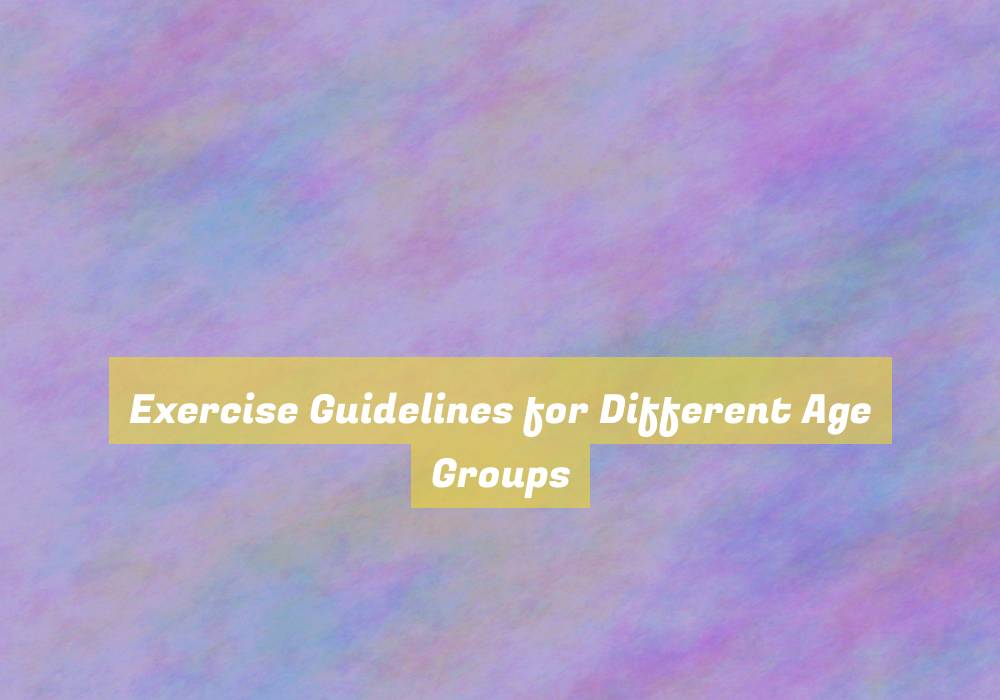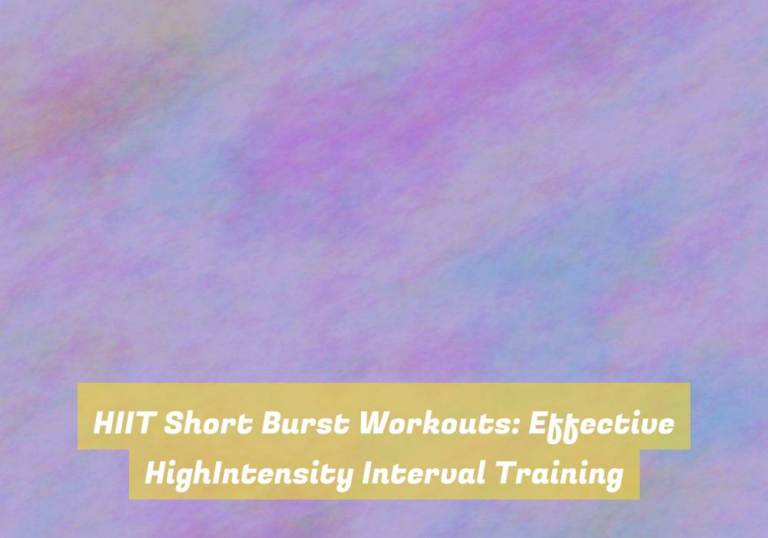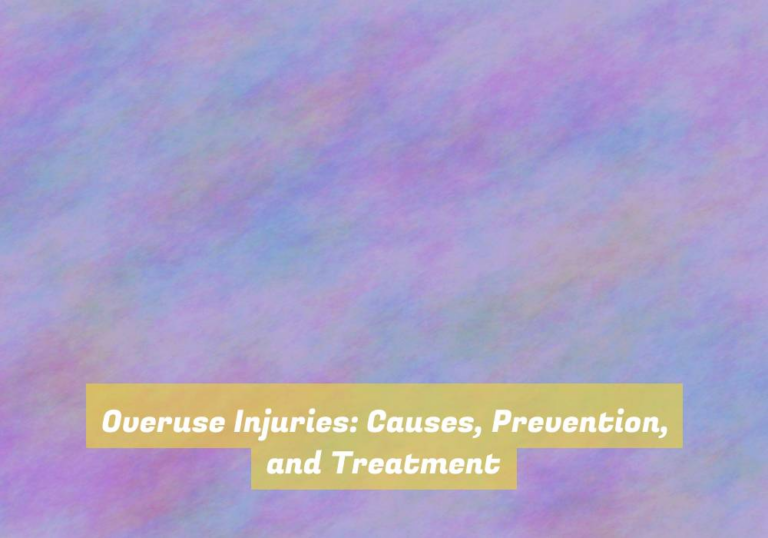Exercise Guidelines for Different Age Groups
Have you ever wondered if exercise guidelines should be the same for people of all ages? You might be surprised to learn that the exercise needs and recommendations vary greatly depending on the age group. Understanding these differences is crucial for maximizing the health benefits of physical activity.
As you navigate through the various stages of life, itG??s essential to tailor your exercise routine to meet the specific needs of your age group. LetG??s explore the exercise guidelines for children, adolescents, adults, and seniors to ensure that youG??re optimizing your health and well-being at every stage.
Exercise Guidelines for Children
For children, itG??s important to engage in at least 60 minutes of physical activity every day to promote healthy growth and development. This can include activities like running, jumping, playing sports, or even just active playtime. Encouraging your child to be physically active not only helps them maintain a healthy weight but also supports the development of strong muscles and bones. Additionally, regular exercise can improve your childG??s mood and boost their confidence.
You can help your child meet the recommended 60 minutes of daily physical activity by incorporating fun and enjoyable activities into their routine. Consider organizing family walks or bike rides, signing them up for a sports team, or simply playing outdoor games together. Limiting sedentary activities such as screen time and encouraging active play can also contribute to meeting the daily exercise goal. Furthermore, setting a positive example by being physically active yourself can motivate and inspire your child to lead an active lifestyle.
Exercise Guidelines for Adolescents
To maintain a healthy lifestyle, adolescents should engage in at least 60 minutes of physical activity every day. This should include a combination of aerobic exercises, muscle-strengthening activities, and bone-strengthening exercises. Aerobic activities such as brisk walking, running, swimming, or cycling help improve cardiovascular health and overall fitness. Muscle-strengthening activities like push-ups, sit-ups, or resistance training with bands or weights are essential for building strong muscles. Additionally, bone-strengthening exercises including jumping rope, running, or sports like basketball and volleyball are crucial for developing healthy bones.
ItG??s important to limit sedentary activities, such as excessive screen time and sitting for long periods. Encourage activities that involve movement and physical exertion. Team sports, dancing, martial arts, or simply going for a hike with friends can make physical activity more enjoyable and social. ItG??s also vital to incorporate exercises that promote flexibility and balance, such as yoga or gymnastics, to support overall physical development.
Regular physical activity not only helps maintain a healthy weight and physical well-being but also supports mental health, reducing the risk of depression and anxiety. ItG??s essential to find activities that you enjoy and can sustain over time to ensure that daily physical activity becomes a lifelong habit.
Exercise Guidelines for Adults
As you move into adulthood, maintaining a healthy lifestyle through regular physical activity remains crucial for your overall well-being.
The American Heart Association recommends that adults engage in at least 150 minutes of moderate-intensity aerobic activity or 75 minutes of vigorous-intensity aerobic activity per week, combined with muscle-strengthening activities on two or more days a week. This can include activities such as brisk walking, running, swimming, cycling, or dancing.
Additionally, itG??s essential to incorporate flexibility and balance exercises to help reduce the risk of injury and maintain overall mobility. Aim to include stretching, yoga, or tai chi in your weekly routine.
As an adult, itG??s important to listen to your body and choose activities that you enjoy and that align with your current fitness level and health goals. Remember to consult with a healthcare professional before starting a new exercise program, especially if you have any underlying health conditions or concerns.
Prioritizing regular physical activity as an adult can significantly reduce the risk of chronic diseases, improve mental health, and contribute to an overall higher quality of life.
Exercise Guidelines for Seniors
Maintain a healthy and active lifestyle into your senior years by prioritizing regular physical activity and tailor your exercise routine to focus on balance, flexibility, and strength training.
Engaging in activities such as walking, swimming, or tai chi can help improve your balance and flexibility, reducing the risk of falls and injuries. Strength training, including using resistance bands or lifting light weights, is crucial for preserving muscle mass and bone density, ultimately supporting your overall strength and independence.
Aim for at least 150 minutes of moderate-intensity aerobic activity, such as brisk walking or cycling, each week, and incorporate muscle-strengthening activities on two or more days a week.
Always remember to consult with your healthcare provider before starting any new exercise program, especially if you have any pre-existing health conditions.
Stay hydrated, wear appropriate footwear, and pay attention to your bodyG??s signals. By staying active and incorporating these exercises into your routine, you can enhance your overall well-being and maintain independence as you age.
Conclusion
In conclusion, itG??s important to remember that exercise is beneficial for individuals of all ages. By following the exercise guidelines for your specific age group, you can improve your overall health and well-being.
Whether youG??re a child, adolescent, adult, or senior, regular physical activity can help you maintain a healthy lifestyle and reduce the risk of chronic diseases.
So, make sure to stay active and incorporate exercise into your daily routine to enjoy the many benefits it has to offer.





